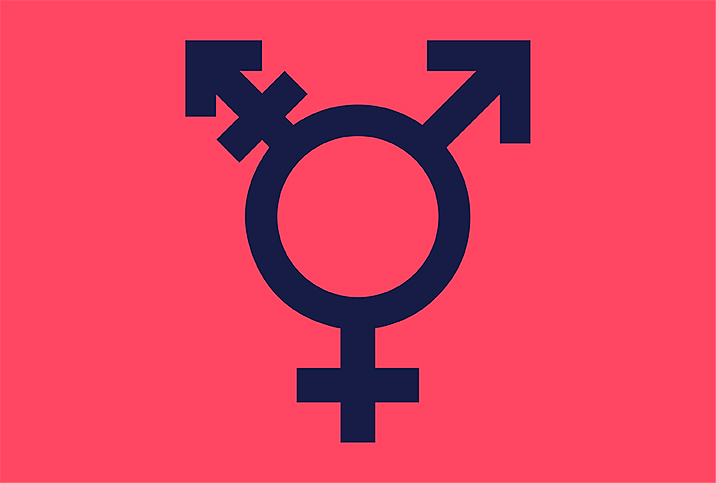My Kid Is Trans—Here’s What Supporting Him Has Taught Me

“Mom, I’m a guy.”
Life throws a lot of unexpected adventures our way. That's one it threw me.
At first I thought my child was kidding. “What do you mean you’re a guy? You have double-D breasts, wide hips, a girlish giggle. You’re waaaaaay into boys.” Then I thought I was hearing things. Then I saw in his expression that he was serious, and I thought, “Did I do this to you?”
He later said his counselor had told him that his parents would ask such questions. Thank goodness, because I wasn’t exactly at my best at that moment. This was in 2012, well before pronouns became a regular part of social media bios.
You’re not alone
I’m not the only one. Kids are sharing this type of news every year, and their parents’ reactions range from “Cool!” to “What?!” Most of my kids’ trans and nonbinary friends say their parents don’t even make an attempt to understand them.
Three of my friends have trans children. For us, trans issues go way beyond some theoretical discussion about who can use which bathroom. Speaking of that, you should know that even the most basic needs can cause serious problems. When a trans man I know used the men’s restroom, he was physically lifted up and taken outside.
Just so you have the numbers to call on, about 50 percent of transgender people will be sexually assaulted, and roughly 41 percent of transgender people will attempt suicide. So, no, they’re not doing this to make a statement or jump on some bandwagon. They most likely wouldn’t be doing it at all if it weren’t a calling from their entire being.
Sex educator Katie Haan reveals tips on how to best support queer youth. Watch the full interview here.
Lessons I’ve learned
This is a whole new world for so many of us. As a parent of a transgender child, and now a friend and ally to trans people, I’ve learned valuable lessons along the way which I hope can help you:
- Take them at their word, even if you’re certain that word will change. It might very well change. But this is where they are now.
- Do not use the name the person had prior to their new gender (or lack thereof if they’re gender fluid). This is called “deadnaming.” Using their chosen name is of greatest importance.
- Use the correct pronoun, which you should never assume. A person will tell you what pronouns are correct. Those could be he, she, they, ze or others. If using them consistently is hard for you, remember that practice makes perfect.
- Remember, it’s not your journey. It’s their journey. Many states require people to get counseling before doing hormone therapy and gender reassignment surgery, so you don’t have to be the counselor. Be the parent, be the friend.
- Vent as much as you need to, but do it elsewhere, away from your trans loved ones. How you react is not their fault and not their burden. But this is a new experience for so many people, and venting often helps.
- Don’t ask tons of questions about their choice, decisions or process unless they invite it. They’re not some kind of experiment, and in many cases, they may not know much more than you do. Look stuff up. A simple online search can lead you to many answers, and numerous online support groups are available—for them, and also for you.
- Learn the vocabulary. For example, cisgender people (often shortened to cis) are those who are OK with their birth gender. AFAB stands for “assigned female at birth,” and AMAB is “assigned male at birth.” There’s more. Much more. Learn it all.
This is my perspective as a cisgender mom. It’s not meant as an all-knowing peek into the psyches of transgender folks, but simply a starting point for the people who love them.
Love is the basic message here—as well as everywhere else. Love people as they are. That’s all anyone wants.
*The author's name has been withheld at their request due to the sensitive nature of the topic.



















Commentary